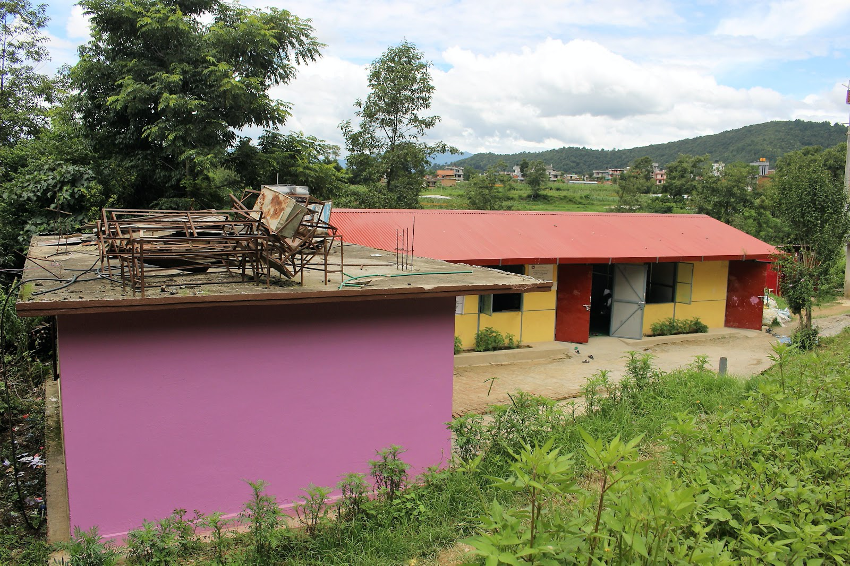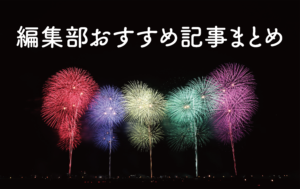This article is the English version of https://voiceofyouth.jp/archives/2058
※To our Japanese readers,
日本語でお読みになりたい方はこちらを御覧ください。
~~~~
On August 9th, 2019, Riho Isaji and Kana Yokoyama, students of the University of Tokyo and the member of VoYJ management committee, visited the UNICEF Nepal Office. We had chance to have discussions with Nepalese youth (https://voiceofyouth.jp/archives/2030) and a field visit. This article is the report on the field visit.
We visited a transitional learning center. This center is located in Bhaktapur District, about 30 minutes drive from the capital city of Kathmandu. 24 children study in this center. The school building of this center was completely destroyed by the earthquake in 2015, and one month after the disaster, a temporary learning center was built in bamboo with the support of the community. Later, the center requested the government to build a new school building. Although reconstruction took time, the current temporary learning center was rebuilt, with the support from UNICEF and USAID. Training for disaster prevention education was conducted for the school community for two days to make the primary school resilient to disasters. Through this training, the disaster risk management plan for school and risk assessments such as hazard maps were developed and earthquake disaster drills were conducted. At this center, a school evacuation map which was developed during the training was hung on the wall, and we were amzazed by thier high awareness of disaster prevention.

The developed school evacuation map
After arriving at the center, the principal and the staff first introduced us about the school and its history, and then toured us around the school building.

I was able to talk to teachers and students from pre-primary to classes equivalent to fourth grade in primary school students. In early childhood education, English education was conducted at an early stage compared to Japan, such as playing games using English, and children in primary children in lower grades being taught English words and grammar.

Pre-school children were playing with English puzzles

Girls were taking notes in English
In addition, we were able to see how eagerly they were participating in both Nepali and math classes. We even had a chance to see their textbooks.

School Head showed us Nepali story written in Nepali
The Early Childhood Education classroom had an Early Child Development Kit (ECD Kit) (a kit packed with colorful educational toys for about 25 people ready for pre-primary classes to resume anywhere after emergency situations, just by opening the case) . Before coming to Nepal, I had only seen it at the exhibition in UNICEF House, in Shinagawa, Tokyo, but this was the first time I saw it at the site, and I was impressed to see it was actually used.

The ECD kit is a box in the back
The ECD kit distributed in Nepal was developed by Uma Rama Shreshita (hereafter Ms.Uma), a Nepalese woman who had lived in Japan for five years from 1992 to 1997. Ms.Uma said she was impressed with the Japanese education, especially early childhood education, while living in Japan. For example, she was surprised during the waiting time in a hospital in Japan seeing how mothers were reading picture books to their child and children have been in touch with many picture books and stories, such as Japanese folk tales, since childhood. She was also impressed that Japanese children are playing with many types of toys that are not available in Nepal. According to Ms.Uma, Japanese children have many opportunities to develop their brain through playing since childhood.

Ms.Uma (left) and a deaf female employee working at NIP
(Ms.Uma (left) and a deaf female employee working at NIP)
After five years of experience in Japan, Ms.Uma returned to Nepal and founded the National Institute of Psychology (NIP) in the capital city of Kathmandu. One of the goals of NIP is to develop educational toys for Nepalese infants and primary school children. Since 2003, NIP has partnered with UNICEF to develop ECD kits. The ECD kit includes blocks, puzzles, dominoes, dolls, picture books, poems, songs, etc., made of materials that is safe to be licked by children. Ms.Uma says her experience in Japan has played a major role in developing ECD kits in Nepal.
When the 2015 earthquake hit Nepal, this ECD kit was distributed to all UNICEF-supported temporary learning centers. In addition, this ECD kit is also placed at the ECD centers in Nepal.
We received the following wonderful message from Ms. Uma, in posting this article..
“I had the opportunity to travel to Japan because my husband, Yogesh Hari Shreshita, received a scholarship from the Ministry of Education, Culture, Sports, Science and Technology and entered a doctoral program at Ehime University. During my stay in Japan, I learned a lot and that is what makes me today. Japanese society was like an open university for me.
Every time I come back from Japan and see the children of Nepal playing with the educational toys I am developing, I recall the Japanese children playing with their mothers and toys. I feel strongly that I came back from Japan with a unique experience and I want to cherish every moment I spend in Japan. On this occasion, I would like to express my gratitude to Japan and wish my kind friends in Japan to stay healthy.”
The visit was about two hours, but it was a very fulfilling time and I am very grateful for this valuable opportunity.
Although it was a short visit for about 2 hours, it was very fulfilling.
We were very grateful for this valuable opportunity. We could feel how people in Nepal are working so hard to provide good quality education. We want to say thank you very much again for this wonderful opportunity.

VoYJメンバー。神奈川県出身。VoYJやUNICEFに関わる情報を発信していきます!


